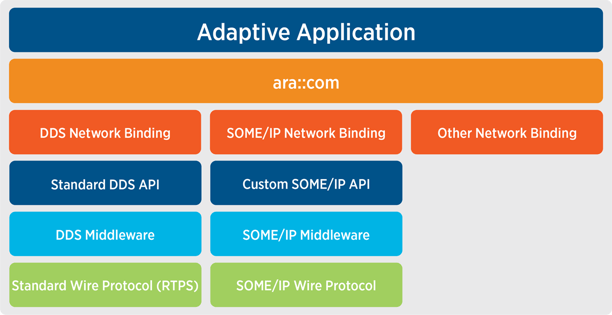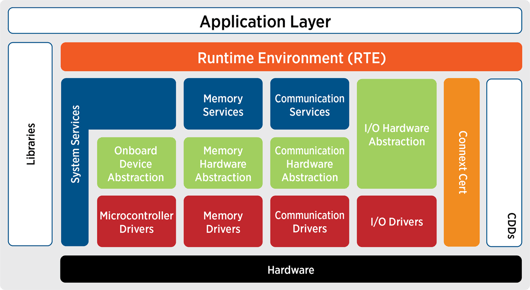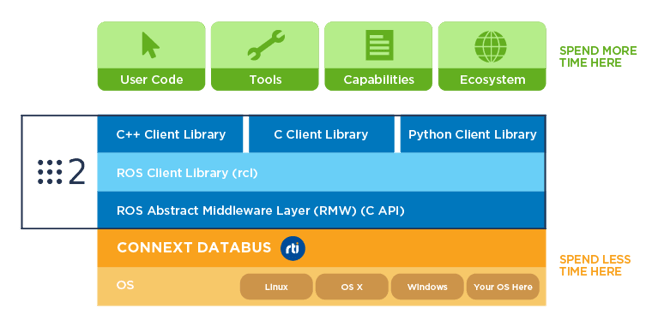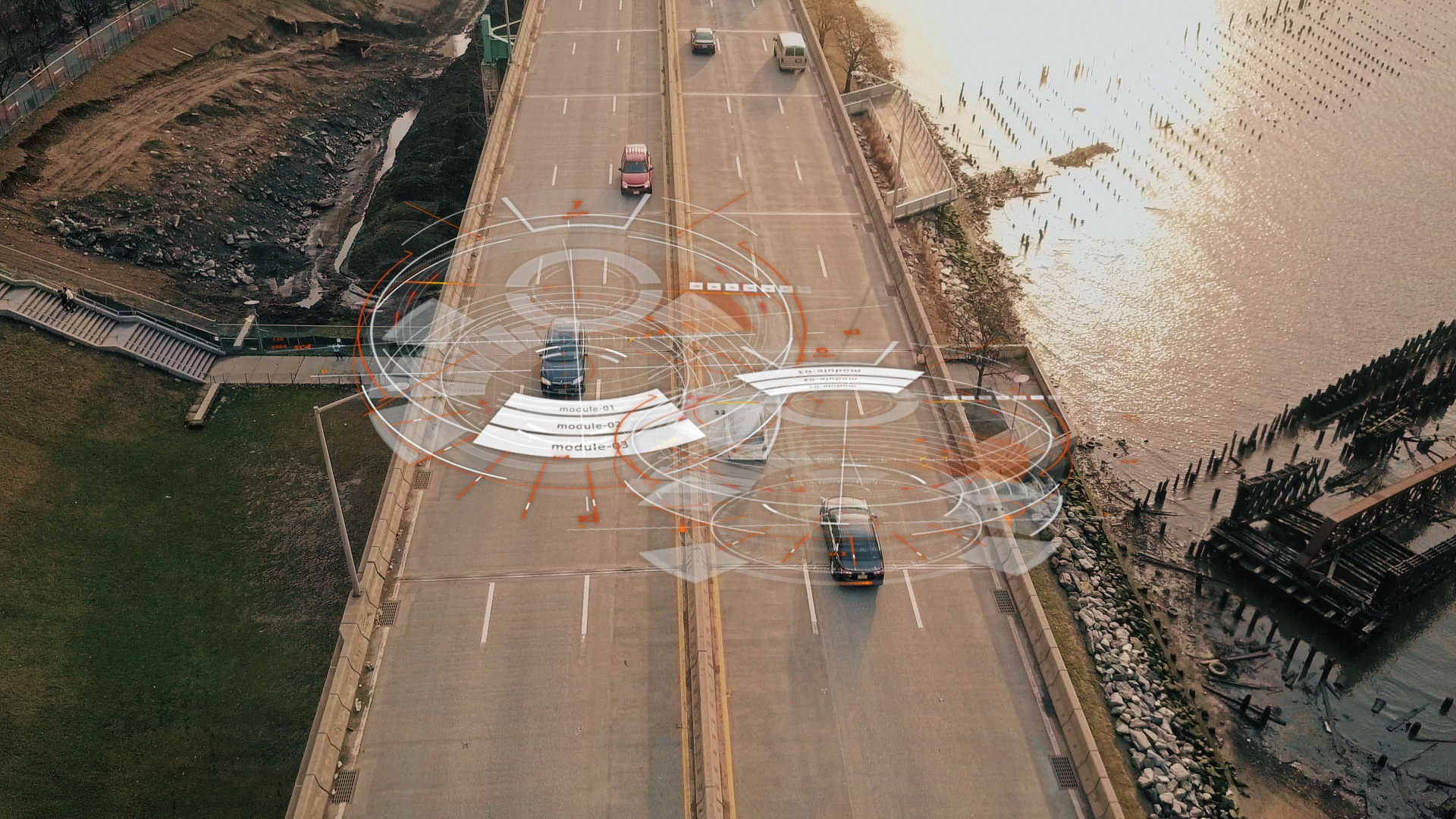RTI provides an efficient path for development, from research to proof-of-concept, and into production. With support for over 100 hardware platforms and a transport-agnostic design, RTI Connext Drive enables fast integration and portability of applications from prototype to production, without the need to modify application code or change the network architecture. Connext Drive can help users get their designs to market faster and reduce the total cost of production development.
Based on the Data Distribution Service (DDS™) standard, Connext Drive has been designed to handle both the early stages of development when requirements continue to change, as well as the more complex requirements of production-grade development. Customers depend on RTI to smooth the transition and deliver a connectivity framework that can meet development needs now, and into the future.
Use Cases / Features
| Use Case | Feature | Value |
|---|---|---|
|
Multiple Collaborative Teams |
Common Data Model |
Teams can collaborate using a common interface definition that enforces interoperability, which reduces time spent debugging changes in configuration and application interoperability |
|
Evolving Data Models |
Extensible Types (DDS X-Types™) |
Maintains interoperability between subsystems over time, regardless of differences in the data model. Reduces the cost of integration and ensures long-term compatibility of your product versions |
|
Heterogeneous or Unknown Hardware Platform |
Extensive Platform and Transport Support |
Applications can be moved between different operating systems and hardware platforms, and negotiate different transport protocols without any code changes |
|
Modular Development |
Data-centric Architecture |
Applications depend only on the data interface and not on the behavior of other modules, which reduces the cost and complexity of maintaining a system |
|
Scalable |
Peer-to-Peer, broker-less, server-less |
Proven capability to scale from small proof-of-concepts to very large systems with 100,000s of data points |
|
Reusing IP in new projects and production |
Robust, future-proof architecture |
Applications can be migrated seamlessly to production development, as well as to new projects |
Looking for more? Check these out:
Support for AUTOSAR
AUTOSAR and DDS are two software standards that were designed for flexible, scalable architectures, and they are fully compatible. AUTOSAR is the standardized automotive open system architecture designed for automotive Electronic Control Units (ECUs). Two AUTOSAR platforms – AUTOSAR Classic and AUTOSAR Adaptive – provide a layered software architecture approach for different vehicle use cases.
Now, these powerful standards work together to enable interoperability and advanced functionality for the industry. Together, AUTOSAR and DDS provide R&D automotive teams with a high-performance approach to designing and operating next-generation vehicles.
The new RTI Connext Integration Toolkit for AUTOSAR platforms, introduced in November 2023, provides developers with code generation and templates to integrate DDS connectivity in their AUTOSAR designs. This saves dozens of hours of custom development work and reduces development costs, while preserving performance and AUTOSAR methodology alignment.
For more information, see RTI Connext Integration Toolkits for AUTOSAR.
AUTOSAR Adaptive
AUTOSAR Adaptive defines a DDS network binding to support autonomous systems with a production-ready communications framework that delivers the reliability, scalability and performance required for complex systems.

AUTOSAR Adaptive architecture specification includes the DDS standard
AUTOSAR Classic
AUTOSAR Classic can be easily integrated with Connext Drive product components by using RTI’s Connext Integration Toolkit for AUTOSAR Classic. It supports automatic conversion of data type definitions across standard formats (OMG® IDL, OMG DDS-XML and AUTOSAR ARXML). The Toolkit also generates supporting C code for data conversion and marshaling between the Runtime Environment (RTE) and DDS communication frameworks.

AUTOSAR Classic using RTI’s Connext Integration Toolkit for AUTOSAR Classic
Support for ROS 2
RTI applications support the ROS 2 open source project. Connext Drive provides the Robotic Operating System (ROS) community with a proven connectivity platform that is interoperable with other DDS implementations, is scalable, has robust security, and is proven in multi-billion dollar production environments.
Download the latest version of ROS 2 today from the ROS repository. View the ROS 2 design wiki.

The Open Source Robotics Foundation is building ROS 2 on DDS, in order to spend more time on features that add value to the ROS community
 Success-Plan Services
Success-Plan Services